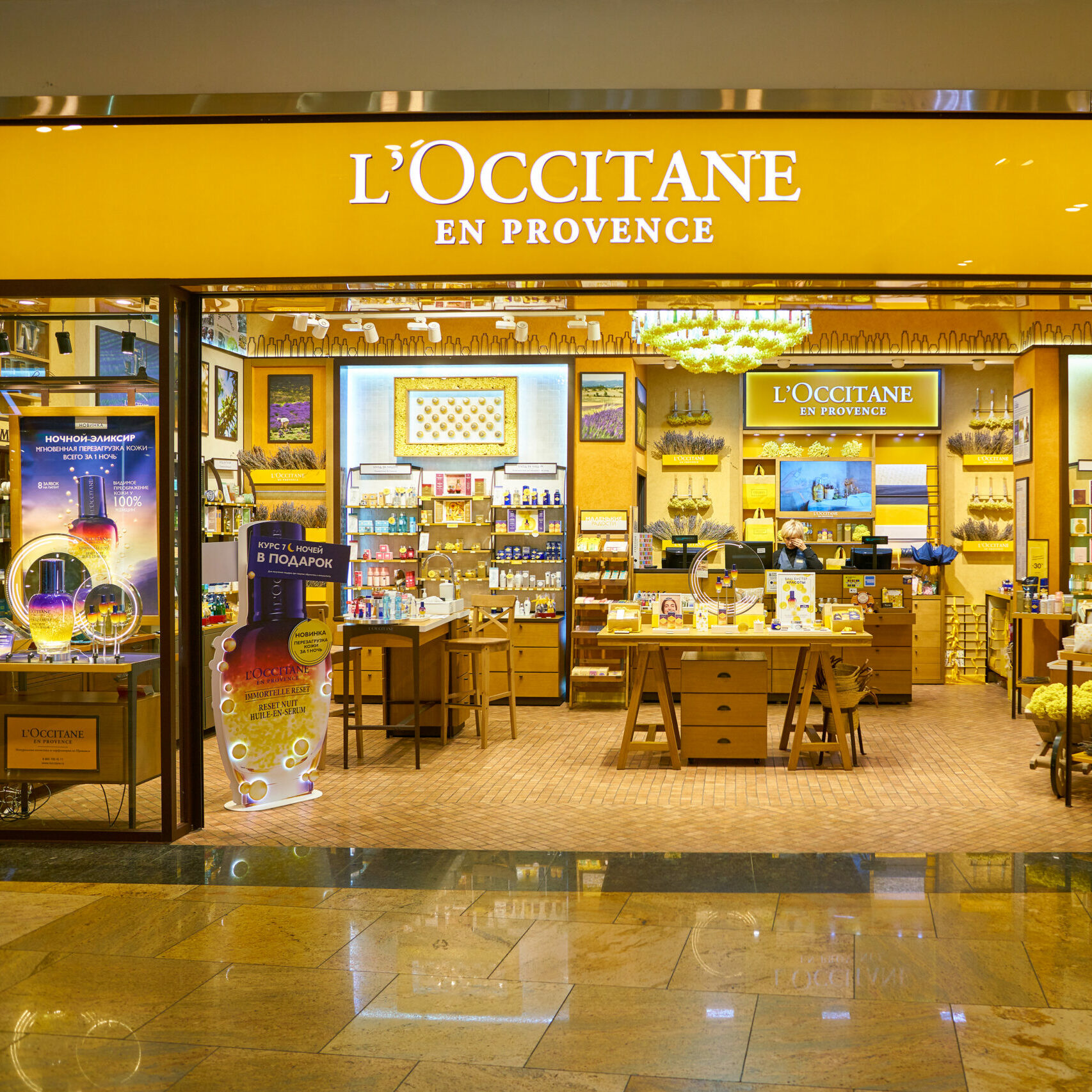By Derbhil O’Riordan, Dillon Eustace – Consistently heralded by industry as a flexible and efficient place to do business, Ireland is Europe’s leading onshore jurisdiction for the establishment of private equity structures.
By Derbhil O’Riordan, Dillon Eustace – Consistently heralded by industry as a flexible and efficient place to do business, Ireland is Europe’s leading onshore jurisdiction for the establishment of private equity structures.
The jurisdiction offers a number of structuring options, including the revised Investment Limited Partnership(1) (ILP) structure which will stand alongside the Irish Collective Asset-management Vehicle as a dynamic structure specifically geared to the private equity market.
Private equity funds are established and regulated in Ireland as Qualifying Investor Alternative Investment Funds (QIAIF) pursuant to AIFMD(2). Assuming the appointment of a suitable manager (AIFM) and certain regulatory conditions are met, these funds benefit from a passport issued to their AIFM to freely market the QIAIF to professional investors(3) in both its own member state and other EU member states. This thereby makes them an attractive vehicle for asset managers looking to raise capital in Europe. As at June 2020, over 2,700 QIAIFs were established in Ireland.
Notwithstanding the ongoing harmonisation of EU laws, including on how private equity structures are managed and marketed, as well as more granular regulation on liquidity management and management of ESG factors, consistent open dialogue between the Irish financial services sector and the Irish financial regulator (the Central Bank) has led to practical and predictable regulatory environment.
Regulation of the QIAIF
The QIAIF regulatory regime is the most flexible available in Ireland and is designed for sophisticated and professional investors. Although they are fully regulated structures(4), QIAIFs are subject to minimal investment restrictions and have no borrowing or leverage restrictions. QIAIFs cannot guarantee the obligations of third parties, but certain exemptions and flexibilities are available for wholly owned subsidiaries of the QIAIF.
QIAIFs benefit from a fast-track authorisation process at the Central Bank which facilitates a quicker route to market for these products. A QIAIF must appoint an AIFM(5) who will be responsible for the day to day management and distribution of the ICAV, a depositary responsible for the safekeeping and oversight of the ICAV’s assets, an investment manager (which function could be carried out by the AIFM or delegated to a regulated investment manager, including the promoter of the QIAIF), who will perform the investment management function and an administrator, who will carry out ICAV valuation and other investor services. Each of the appointed entities must be regulated in their own right.
End-user perspectives
The QIAIF offers flexibility in structuring and benefits from a sound regulatory environment with a well-trodden path, familiar to blue chip industry participants and their investors. While ILP legislation is awaiting imminent publication, the ICAV is the vehicle of choice for housing private equity structures. The ICAV offers a corporate-type vehicle specifically providing for investment funds, importantly however, the ICAV is predominantly legislated for outside of Irish corporate legislation. Unlike the public limited company in Ireland, the ICAV has no legislative requirement for risk spreading and can be used to house single asset funds.
A huge advantage of the ICAV for US investors is that it will not automatically be considered a corporation for US tax purposes and can elect to ‘check-the-box’. This allows it to be treated as a partnership, or disregarded entity, for US federal tax purposes and more readily facilitate investment by US taxable investors and/or US taxable and tax-exempt investors in a master feeder fund structure.
Another advantage of the ICAV is that the constitutional document, the Instrument of Incorporation, can be amended in most circumstances without shareholder approval(6). This contrasts very favourably with the Memorandum and Articles of Association of a public limited company which requires the sanction of shareholders even in the case of a small administrative or regulatory change.
The ICAV also offers flexibility in that it can be established as an umbrella structure, allowing multiple sub-funds, with different investment strategies, different investors and different terms, all in the same structure. Therefore, a single ICAV can continue to house an evergreen fund in the same “umbrella” as closed ended and limited liquidity funds, all using a single board of directors, AIFM, depositary and administrator. Where required, each sub-fund can appoint a different regulated investment manager. The ICAV umbrella also offers flexibility in that financial statements can be published on a sub-fund by sub-fund basis. This allows the investment manager to comply with disclosure obligations to investors invested in a given sub-fund, without the necessity to directly share this information with others.
End of life liquidity options of the QIAIF and liquidity stress testing
The QIAIF also offers optimum flexibility in options on liquidity at the end of life of private equity funds. Directors of closed-ended QIAIFs must specify in their offering documents the duration of the term and investment period of the QIAIF, but may also provide that at the end of life of the Fund, the QIAIF will have the following options:
• Wind up the fund;
• Convert to an ever-green fund; or
• With the approval(7) of shareholders, extend the closed-ended period of the fund.
Recent legislative changes at EU level (the Guidelines) have imposed obligations on AIFMs to ensure harmonisation of the management of liquidity across all EU structures. Of particular note is the imposition of a requirement for regular(8) liquidity stress testing (LST). These new rules will apply to the management of closed-ended QIAIFs but permit that the model used for each fund is selected taking into account the frequency of the LST, the fund’s redemption policy, investment strategy, portfolio composition, liquidity management tools available to it. It will also consider whether or not the Fund engages in efficient portfolio management techniques.
Conclusion
The QIAIF offers optimum flexibility in a regulated structure, with the Central Bank approving structures with partly paid units and bespoke drawdown mechanisms, flexible investment parameters, use of carried interest and waterfall mechanisms and Irish and non-Irish intermediate vehicles for investment purposes. This flexibility, together with investor familiarity, has contributed to sustained growth in the use of Ireland for private equity and joint venture structures.(9)
1. The Investment Limited Partnership is nearing the completion of a regulatory overhaul targeted at making Ireland a more attractive domicile for private equity funds in particular.
2. https://eur-lex.europa.eu/legal-content/EN/TXT/?uri=CELEX%3A32011L0061
3. Being investors considered to be professional clients or treated as professional clients on request, within the meaning of Annex II of Directive 2004/39/EC on markets in financial instruments (MiFID).
4. Ireland also offers unregulated options for private equity structures, which are not contemplated in this paper.
5. Which, subject to certain elements of AIFMD being “switched on” to facilitate third country AIFM passporting, should be EU domiciled unless passporting is not required.
6. With the sanction of the depositary.
7. For QIAIFs offering redemptions at this stage, votes in favour of an extension must represent 50% of votes cast. For those not offering redemption at this stage, votes in favour must represent 75% of votes cast.
8. The Guidelines contemplates annual liquidity stress testing depending on the nature, scale and complexity of a fund.
9. Figures released by the Irish Funds Industry Association as at July 2020 show Ireland as the fastest growing of the five largest fund locations in Europe over recent years.
Derbhil O’Riordan
Partner, Asset Management and Investment Funds Team, Dillon Eustace
Derbhil is a specialist adviser to the investment fund industry having practiced as a partner in Dillon Eustace in both the Cayman Islands and Ireland. She advises hedge and private equity funds in structuring and operating investment vehicles. Recent deal highlights include property QIAIFs for joint ventures, and multi-tiered cross-jurisdictional private equity loan structures. A frequent contributor to financial services publications, Derbhil is also a member of the Irish Funds Depositary Working Group. She is admitted to practice in the Cayman Islands, Ireland, England and Wales, and Northern Ireland.






